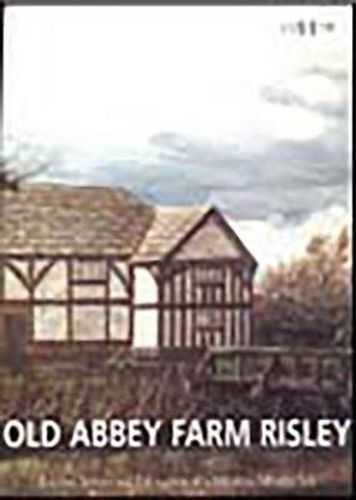Readings Newsletter
Become a Readings Member to make your shopping experience even easier.
Sign in or sign up for free!
You’re not far away from qualifying for FREE standard shipping within Australia
You’ve qualified for FREE standard shipping within Australia
The cart is loading…






During the 1990s, Oxford Archaeology North (then Lancaster University Archaeological Unit) conducted a programme of evaluation, building recording, excavation and documentary research at Old Abbey Farm, Risley. This small moated site, now in Warrington Borough, was probably constructed after the sub-division of the manor of Culcheth in 1246; timbers dated by dendrochronology have suggested that a late thirteenth or possibly early fourteenth century aisled hall formerly stood on the moated platform. In the late medieval period the aisles were removed and new timber framing was built below the arcade-plates; the renovated hall was accessed by a substantial fifteenth century timber bridge. A crossing was added to the hall in the mid sixteenth century and the bridge across the moat was rebuilt in stone. From the seventeenth century, the house was subject to piecemeal underpinning and rebuilding in brick, and was extended in the mid eighteenth century. The project provided a rare opportunity to record a building during demolition and subsequently excavate below it, thereby maximising the information retrieval. The project was a runnerup in the British Archaeological Awards for 1996. The project has been generously supported by UK Waste Management Limited (Biffa Waste Services Limited) throughout.
$9.00 standard shipping within Australia
FREE standard shipping within Australia for orders over $100.00
Express & International shipping calculated at checkout
During the 1990s, Oxford Archaeology North (then Lancaster University Archaeological Unit) conducted a programme of evaluation, building recording, excavation and documentary research at Old Abbey Farm, Risley. This small moated site, now in Warrington Borough, was probably constructed after the sub-division of the manor of Culcheth in 1246; timbers dated by dendrochronology have suggested that a late thirteenth or possibly early fourteenth century aisled hall formerly stood on the moated platform. In the late medieval period the aisles were removed and new timber framing was built below the arcade-plates; the renovated hall was accessed by a substantial fifteenth century timber bridge. A crossing was added to the hall in the mid sixteenth century and the bridge across the moat was rebuilt in stone. From the seventeenth century, the house was subject to piecemeal underpinning and rebuilding in brick, and was extended in the mid eighteenth century. The project provided a rare opportunity to record a building during demolition and subsequently excavate below it, thereby maximising the information retrieval. The project was a runnerup in the British Archaeological Awards for 1996. The project has been generously supported by UK Waste Management Limited (Biffa Waste Services Limited) throughout.